City of Noir - Page 2
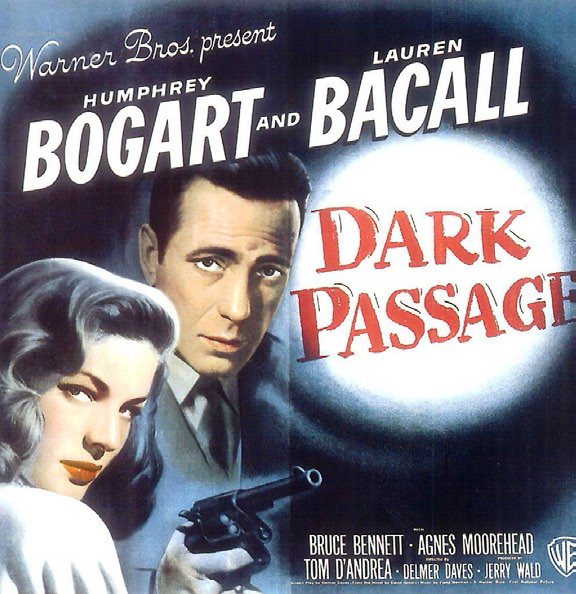 |
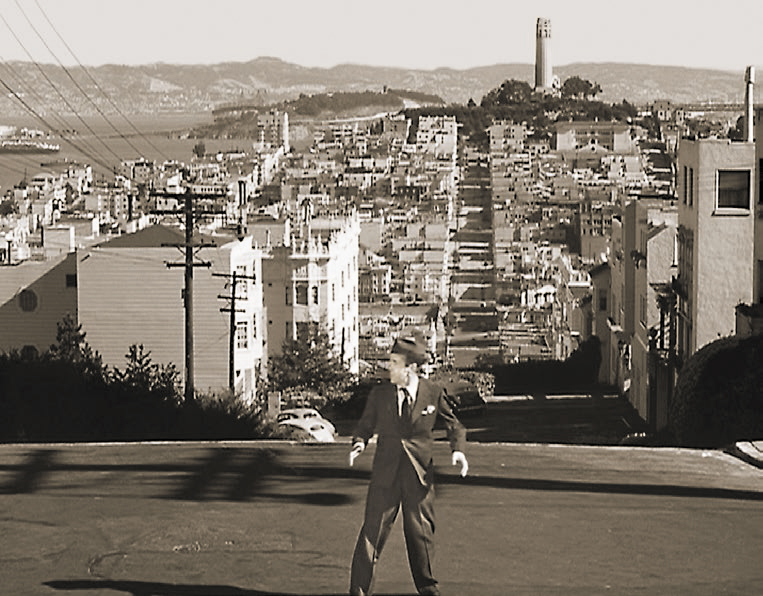 |
|
|
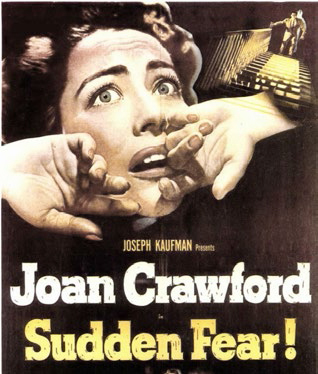 |
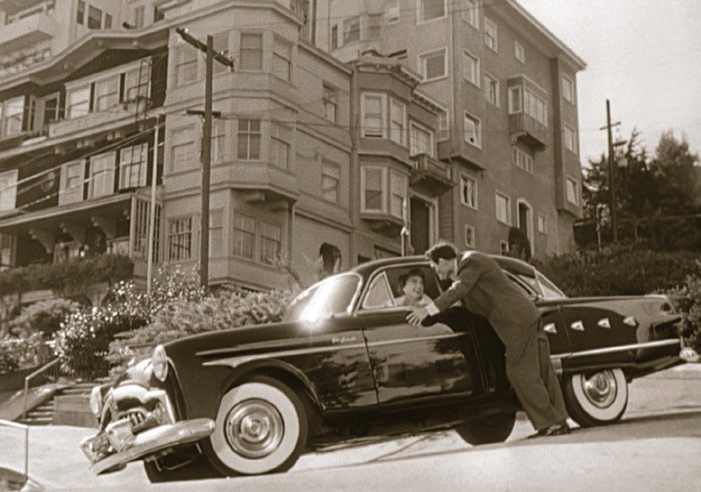 |
|
|
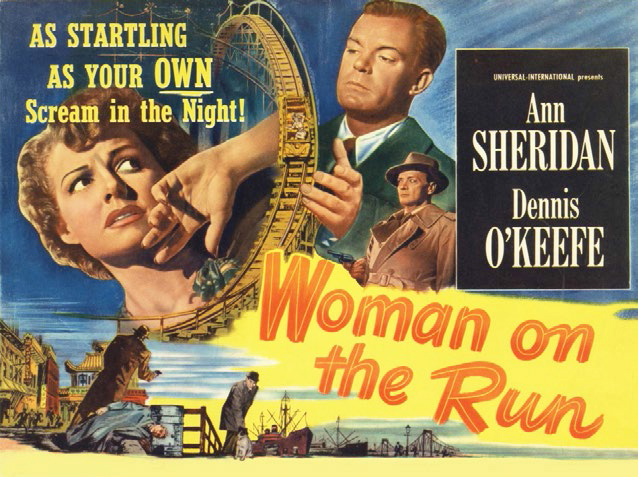 |
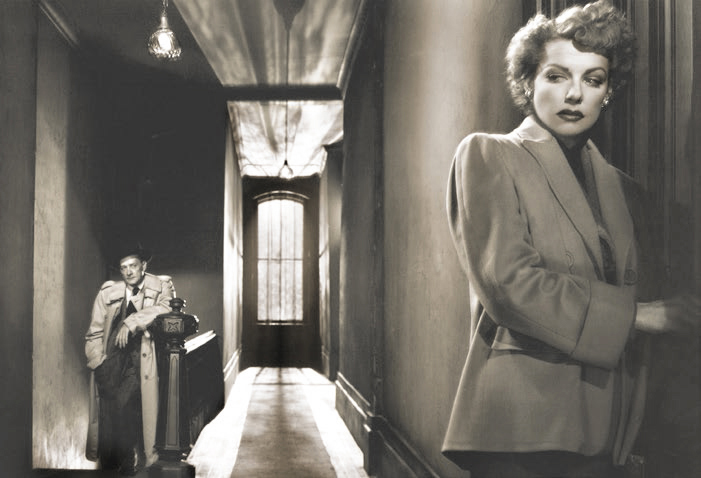 |
|
|
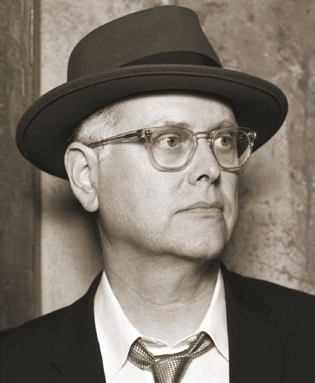 |
|
|
|
|
|
|
Of course, that also depends on how you define this somewhat mysterious term, Muller admits, adding, "That debate over what it is is part of what has made it so popular."
"What designates a film as noir is when the writer and the director tell the story from the criminal's point of view," Muller suggests in the reverent documentary film, 'Film Noir: Bringing Darkness to Light' (2006).
While believing "people sometimes take the nomenclature too seriously," Muller nonetheless has a firm opinion about the genre's classic period: "The wave really hit in 1946, and it crested in 1949. Then it broke and was over by 1953."
Roost for a 'Falcon'
The lengthy and authoritative Film Noir: The Encyclopedia lists 'Stranger on the Third Floor' (1940) as the first in the classic period for the style, running up through 1958. The genre's roots in expressionism, however, suggest candidates as early as Alfred Hitchcock's 'The Lodger' (1927) or Fritz Lang's 'M' (1931).
Some will argue that the classic period actually kicked off with a pair of Humphrey Bogart movies from 1941, 'High Sierra' and 'The Maltese Falcon,' the latter being probably the most famous San Francisco film ever.
"The 1941 version of 'The Maltese Falcon' is iconic and one of the best film noirs ever, since it so closely follows [author Dashiell] Hammett's book," Poletti says with admiration, conceding that the film was not shot on location but rather with sets styled to look like actual San Francisco locations. In particular though, she adds, scenes in detective Sam Spade's office and the alley where his partner is killed, "even though they are sets, were great and evocative of the beauty and the darkness of SF."
The 'Falcon's' long rap sheet of admirers includes veteran film editor Carol Littleton. Interviewed in 'Film Noir: Bringing Darkness to Light,' Littleton marvels at how director John Huston and others on the production created "a world of extremes, of shadows, of extremes in emotion, working in sort of the seamy underbelly of San Francisco life."
Although Huston opted to use sets, Muller said mid-century production budgets increasingly planned for location shoots. When it came to the streets of San Francisco, "For Hollywood, it was an easy way to get an exotic look."
"When studios started shooting on location," Poletti says, "San Francisco's hilly streets, funky Victorians, palatial mansions, majestic bridges, the bay, and the waterfront provided great backdrops for any kind of scenario."
"San Francisco has always been a colorful town, built on the rambunctious riches of the Gold Rush," observes another frequent visitor to Noir City, legal secretary Marco Place, interviewed by email.
"By mid-century it was considered a metropolis of sophistication mixed with a bohemian underground," writes Place. "Add to that the ambiance of fog-shrouded nights that cast long shadows, crooked lanes in Chinatown and the old Barbary Coast neighborhoods, and stunning architecture featuring sweeping Moderne lines and Art Deco lobbies."
Muller agrees that architecture and topography both have helped make his hometown the scene of the crime film. For cinematographers, he said, "LA is horizontal, San Francisco is not—it's very vertical...If you're making a film in New York, the camera tilts up. If you're making it in LA, the camera pans. But in San Francisco, it does both."
Bay Area geography and bridges are also assets, notes Muller, commenting, "There's a real 'head 'em off at the pass' thing in San Francisco."
The Czar's 'baby'
A film Muller calls "my baby" was shot primarily in San Francisco for a very different reason. He said the magazine story that is the basis for 'Woman on the Run' (1950) was actually set in New York, and then the first screenplay draft put the story in New Orleans. The studio wanted noir starlet Ann Sheridan for the title role, so they moved the story to San Francisco to cut production costs in order to afford her.
Muller recalls watching the film for the first time on "a really bad VHS tape" and concluding, "I think this is a good movie, but I can't really tell."
This set Muller and Monga off on a quest to find a better copy of what she calls "essentially a lost film." With help from Universal Studios archivists, they eventually found it in storage and worked to restore and copy it.
'Woman on the Run' became the first of some 30 film noirs restored by an organization they started for that exact purpose, the Noir City Foundation. The project involved finding a duplicated negative print with no soundtrack in the British Film Institute archives and pairing it with sound from the Universal print. The restored film made its triumphant local debut in 2003 at the inaugural Noir City festival at the Castro.




